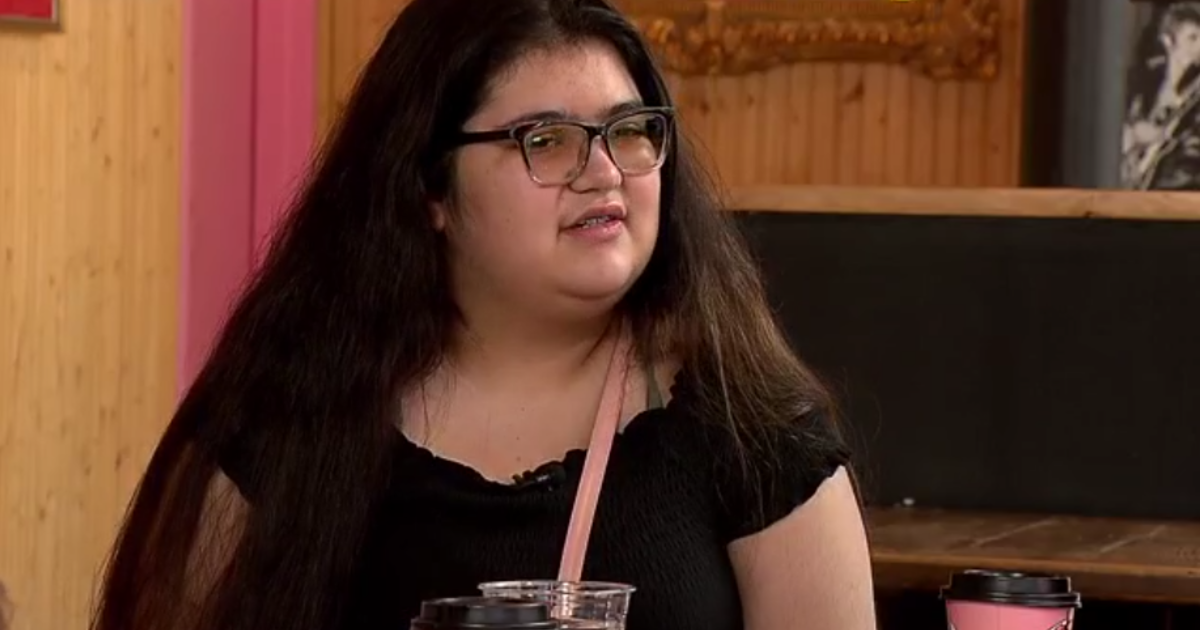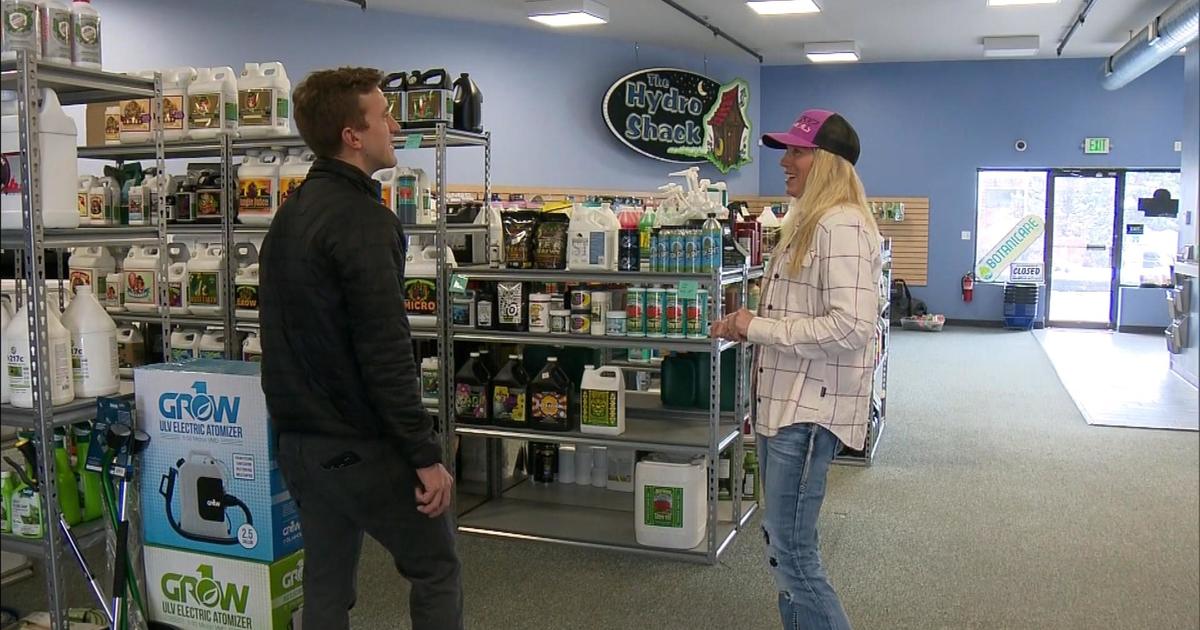Loveland A Microcosm Of Art Urban Development Movement
LOVELAND, Colo. (AP) - A national movement that counts on painters, dancers and musicians to help revitalize downtowns is coming to this Colorado city as the first residents prepare to move into new low-income apartments built for artists and their families.
It's the latest project by Artspace, a Minneapolis-based organization that develops artist housing from abandoned urban properties. Artspace got its start three decades ago when it turned an early 20th century warehouse in St. Paul into low-income artists' housing and space for nonprofit arts organizations to do business.
Its newest projects include Loveland and turning an abandoned public school in East Harlem, New York, into housing for artists and space for arts organizations.
"There's a wave of awakening to the value of creative people in the community," said Wendy Holmes, an Artspace senior vice president.
In Loveland, more than $5 million in Colorado Housing and Finance Authority tax credits, plus grants from national development groups, spurred the transformation of an old mill building and vacant lots, warehouse and factory space along railroad tracks in the lakeside community an hour's drive north of Denver. Entrepreneurs are opening restaurants and galleries near the 30-unit housing complex, which will be occupied in May.
Mayor Cecil Gutierrez said downtown sales tax revenue has increased 10 percent in recent years as buzz about the development has grown.
In a pattern familiar nationwide, Gutierrez said downtown began to die in the 1970s when a large mall opened in the region. Its opening cut traffic to a shopping district of department and hardware stores. Loveland repeatedly launched downtown development studies, to no avail. Gutierrez believes targeting the arts meant the difference between seeing more proposals fade away and seeing them take off.
"Loveland is a brilliant microcosm of what is happening across the country," said Jamie Bennett, executive director of ArtPlace America, which brought together major funders like the Ford and Rockefeller foundations to distribute grants weaving the arts and artists into community planning and development.
Jason Schupbach, director of design programs for the National Endowment for the Arts, said the idea that art can make or break a city has been around at least since Michelangelo. But he said the last dozen years have seen policy-makers settle on goals, agree on ways to measure progress and coin a phrase - creative place making - that have given the concept a modern twist.
Artists have been the focus of development efforts in Detroit, Boston, Baltimore and Chattanooga, Tennessee.
When energy lags over the long process of development, a dance performance or splashy mural can lift spirits, Schupbach said. "Arts have a real value in keeping the momentum up," he said.
As Loveland's new apartment building neared completion, rehabilitation began on a cavernous 1892 mill that went out of business in the early 2000s. Felicia Harmon, long involved in development and the arts, had been trying to save the mill from demolition. She credits artist Megan Tracy with helping others see the charm in the mill's soaring brick walls and room-sized grain hoppers. The mill will house a business incubator, gallery and performance space.
As artistic director of what became known as Arts @ the Feed & Grain, Tracy has found support from Artplace, the Community Foundation of Northern Colorado and the National Endowment for the Arts to bring more than 100 artists and 20,000 art lovers to the mill over the past three years.
Collaborators have put on conceptual, site-specific shows such as one in which silk sheets floated over the mill's scarred wooden floors, or another featuring ceramic discs that appeared to flow from the ceilings like water. Musical and literary performances also have been part of installations.
"Artists just think differently," Tracy said. "They can show you things you didn't see before."
The developments promote others. Doug Erion, a painter, renovated a long-vacant warehouse, transforming it into artist galleries and workspace. He's planning an expansion and helped a shared-space business for engineers and other technofiles next to that.
None of Erion's projects are connected to the Artspace development, but he could not imagine any happening without it.
"I would love to see Loveland be a community of creators, whether it be computer programmers or whatever," Erion said.
- By Donna Bryson, AP Writer
(© Copyright 2015 The Associated Press. All Rights Reserved. This material may not be published, broadcast, rewritten or redistributed.)



